- ,
Home / Patio & Garden / Gardening
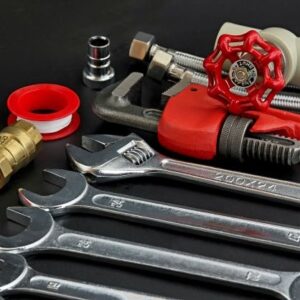 DIY Plumbing Equipment Tool Kit: Find Out Everything You Need
DIY Plumbing Equipment Tool Kit: Find Out Everything You Need Tankless vs. Tank Water Heater: The Ultimate Showdown
Tankless vs. Tank Water Heater: The Ultimate Showdown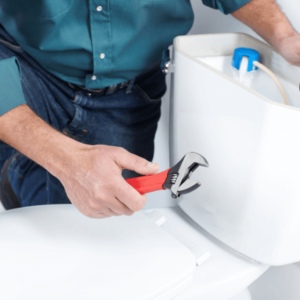 DIY Toilet Repair: How to Fix Any Toilet Issue
DIY Toilet Repair: How to Fix Any Toilet Issue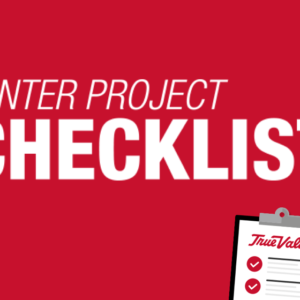 Winter Home Maintenance Checklist
Winter Home Maintenance Checklist How to Get Rid of Rodents
How to Get Rid of Rodents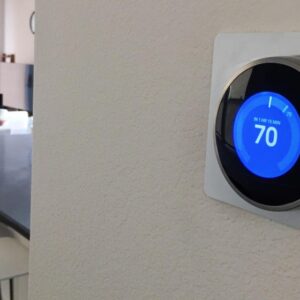 How to Install a Programmable Thermostat
How to Install a Programmable Thermostat 7 Ideas for a Quick Bathroom Makeover
7 Ideas for a Quick Bathroom Makeover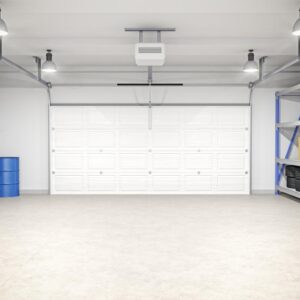 5 Garage Storage & Organization Tips
5 Garage Storage & Organization Tips Tips & Hacks For Holiday Decoration Storage
Tips & Hacks For Holiday Decoration Storage How to Protect Your Landscape from Road Salt
How to Protect Your Landscape from Road Salt